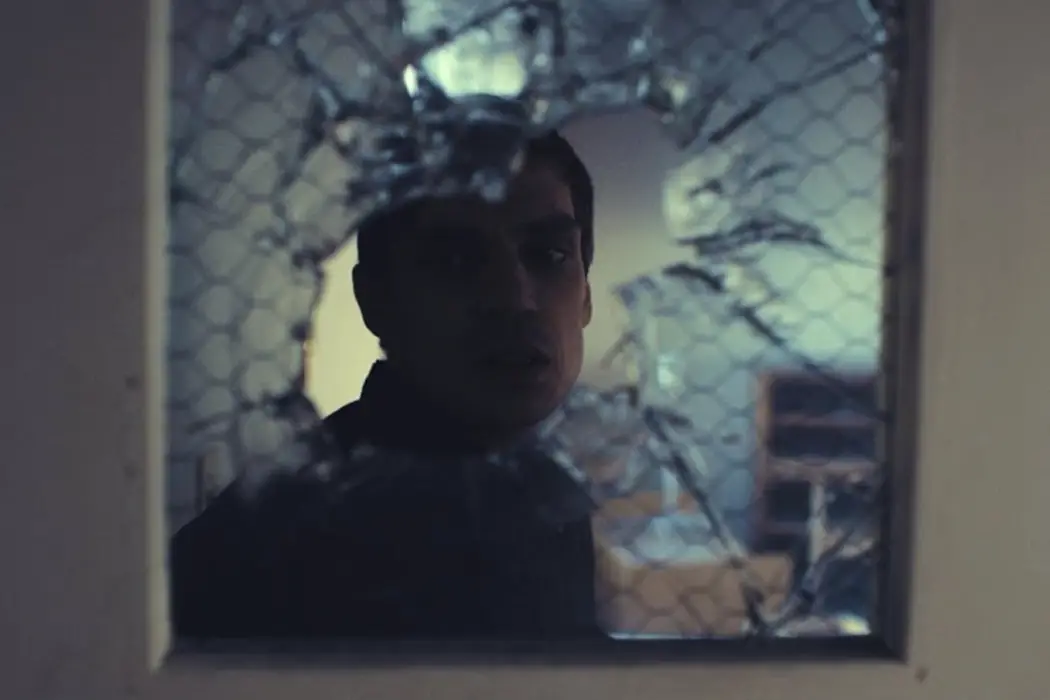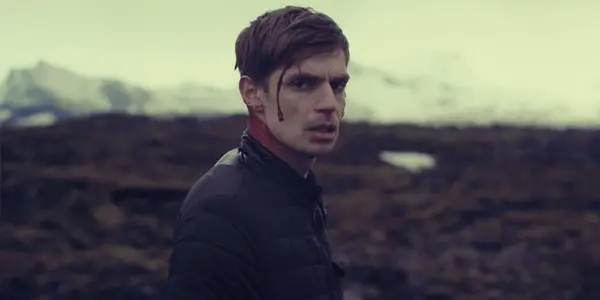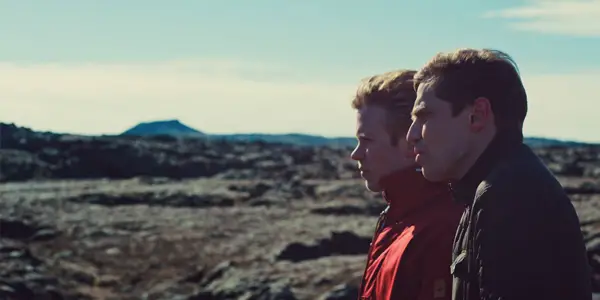RIFT: Strangers By The Mountain

Alex is a 28 year-old West Australian who has a…
In the early 2000s, once digital video recording became a significant tool in helping independent cinema gain prominence against the colossal onslaught of studio-funded mainstream entertainment, one of the biggest subgenres to emerge was mumblecore.
The word Mumblecore is considered a slur to those who helped popularise the minimalistic filmmaking style, which was a surge of micro-budgeted drama films that focused on realistic dialogue over complex plots, built around small scaled dramatic stories. As this platform took off, it was a model of narrative delivery that was applied to a variety of other expendable genres, which included the sci-fi, thriller and horror genres, with mumblecore horror titles being labeled “mumblegore”.
The aspects of Mumblegore include a stronger focus on character rather than the exploitative aspects of the horror genre, such as gore, nudity and excessive murder sequences. One of the other key characteristic is employing a one-setting location with a low amount of actors, utilizing more psychological scares and heightened paranoia, as a subtle act of defiance against the jump-scare heavy roller-coaster rides that dominate the mainstream multiplexes.
Well-known examples of this popular trend include Ben Wheatley’s Kill List, Adam Wingard’s A Horrible Way to Die and Ti West’s The Innkeepers, each film favouring intellectual frights rather than loud bangs and dismembered body parts. This all speaks to Erlingur Thoroddsen’s latest film, Rift (Rokkur), an intriguingly complex romantic drama hidden within the clothes of a mumblegore entry, with the final results defined by which type of entertainment you’re interested in actually watching.
Haunted By Love
After a painful breakup, Gunnar (Björn Stefánsson) has seemed to move on with his life, discarding all of the memories and records of his ex-boyfriend Einar (Sigurður Þór Óskarsson) and happily living with a new partner. Suddenly, he receives a distressing late night call from Einar, whose ambiguous tone suggests untold tragedy when he asks Gunnar “When you wake up in the middle of the night, [do you feel] that there is something with you in the dark?”. Thinking that his call is a signal of an impending suicide attempt, Gunnar rushes to Einar’s secluded Icelandic holiday house, a small cabin in the middle of a beautiful frosty landscape.
Once there, Einar dismisses his peculiar message as a drunken rant, a flimsy alibi that doesn’t quite stick with Gunnar. Concerned about Einar’s mental state, Gunnar decides to hang out in the cabin, which is when he starts to notice alarming signals of something sinister, eerie affairs that seem to give some unfortunate weight to Einar’s agitated warning.
Much like Jennifer Kent’s imaginative horror feature The Babadook did, Rift illustrates repressed sentiments into some real destructive forces, as the two men are forced to confront their traumatic childhoods and the state of their intricate relationship.

One of the major highlights of Erlingur Thoroddsen’s work here is his portrayal of the central gay relationship, how their sexuality is an organic part of the story-telling and not the major focus. You could easily replace the 2 male leads with a traditional male and female couple, and the story here would barely change. Its a progressively great step forward, especially when queer cinema isn’t offered many genre entries, usually stuck with romantic dramas and comedies.
I feel like this film could be a strong gateway for the uninitiated (such as myself, who as a straight male, doesn’t quite have much exposure to this area of film) to want to explore other pockets of queer cinema, which has a wealth of movies to check out, outside of the well-known mainstream hits like Call Me By Your Name and Moonlight. Now on the topic of exploring the history of genre films, let’s talk about the horror classics that Rift taps into.
Horror History
For those who have seen it, a trademark piece of clothing from Nicholas Roeg’s definitive horror landmark film Don’t Look Now makes an appearance in Rift, a questionable move which rises above playful homage to dangerous imitation territory. The red raincoat, a recurring visual presence in Don’t Look Now that sets up one of the greatest twists in cinematic history, plays a similar role here in Rift, a poor choice due to how iconic its original usage is for genre fans, and how it ultimately plays its hand a little heavy, immediately leading the audience towards its ghastly conclusion due to the connotations its appearance carries. Alongside this, it betrays its finely-drawn genre foundations by frequently relying on jump scares to jolt its audience, which constantly feels at odds with the subtlety on show in every other aspect of the movie’s production.

The underwhelming thriller elements feel like 2 opaque bookends to a more interesting romantic drama, as the opening and closing 20 minutes heavily focus on the lingering mythical mystery, feeling mostly ignored outside of these times for a considerably noticeable period of the overly long running time. The realistically grounded acting by Björn Stefánsson and Sigurður Þór Óskarsson is terrific and really helps in imbuing their strained relationship with a sense of genuine chemistry. They are both flawed individuals, and to apply one of the titles many meanings, there’s a constant rift between the two former lovers, which makes their extensive conversations engaging and filled with meaning, delivered with a level of intimacy that felt reminiscent of Francis Lee’s 2017 debut God’s Own Country.
I cannot finish this review without highlighting the impressive cinematography work by John Wakayama Carey, who also shot Thoroddsen’s previous horror movie Child Eater. The unique Icelandic scenery acts as an imposing, but magnificent backdrop for the unfolding drama at play, with the large distant mountains looming over Gunnar’s relationship troubles, acting as the metaphorical snowcapped elephant in the room. The marvellous wilderness that surrounds the central cabin helps in illustrating the escalating blurriness between fantasy and reality that starts to infect our main characters, feeling like they are completely separated from all of civilisation.
Rift: Conclusion
Erlingur Thoroddsen’s gay mumblegore film Rift isn’t your ordinary independent horror film. Mixing the horror, psychological thriller and queer cinema genres together makes for an intriguing and mostly successful combination, even if the balance veers towards a singular focus too often. Thoroddsen’s ambition does not stop here, as he juggles a growing number of subplots and narrative questions that despite its lengthy run-time, never quite resolves itself to a conclusive level that some audiences might find satisfactory. Despite this, the accomplished acting, stunning cinematography and solid direction keeps Rift constantly engaging and steeped with a level of talent which absolves it of its genre short-comings.
What are some of your favourite mumblegore films?
Rift is out on VOD and DVD in the US, and will be playing at the Melbourne Queer Film Festival 2018 on Thursday March 15th and Monday March 26th.
https://www.youtube.com/watch?v=taDWTVcz9lY
Does content like this matter to you?
Become a Member and support film journalism. Unlock access to all of Film Inquiry`s great articles. Join a community of like-minded readers who are passionate about cinema - get access to our private members Network, give back to independent filmmakers, and more.













